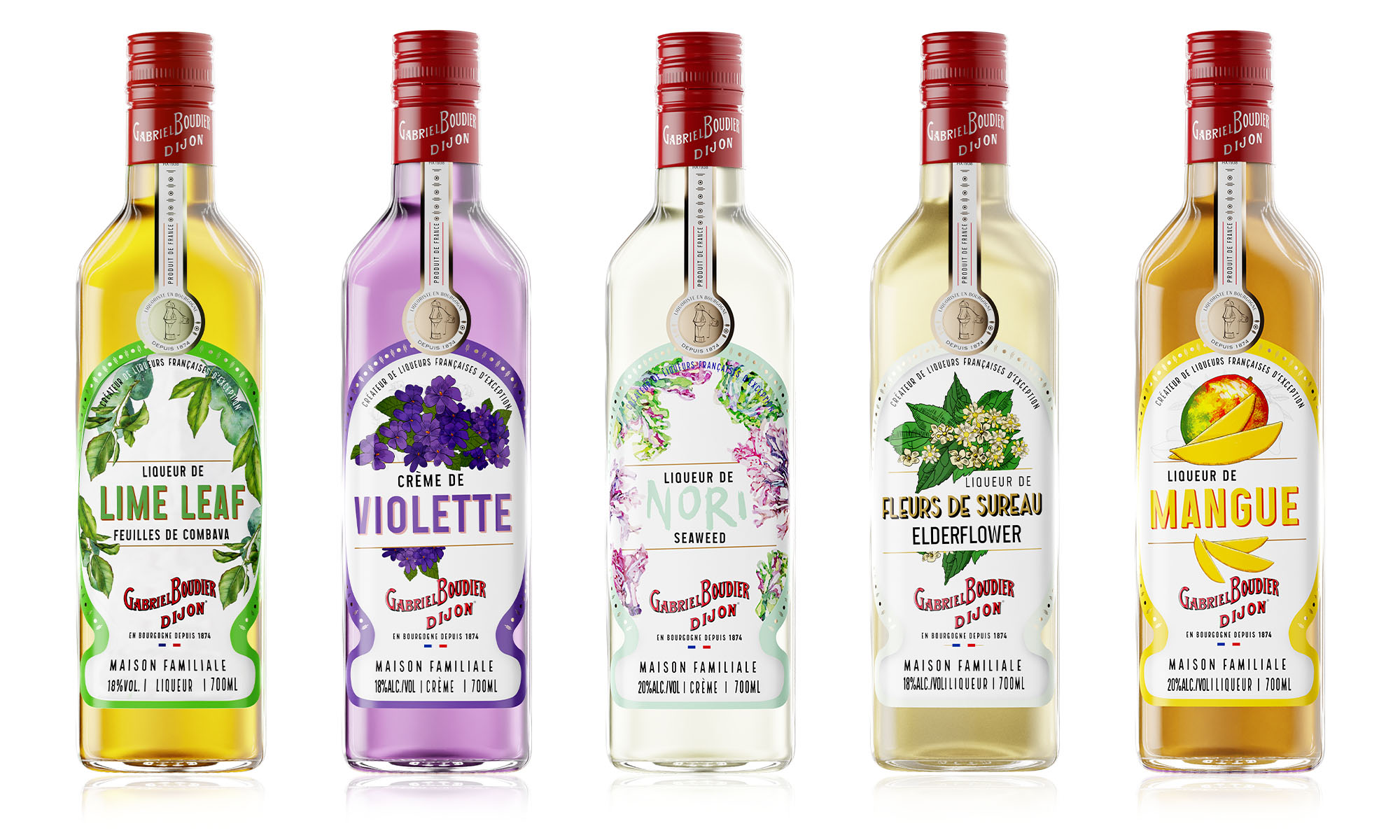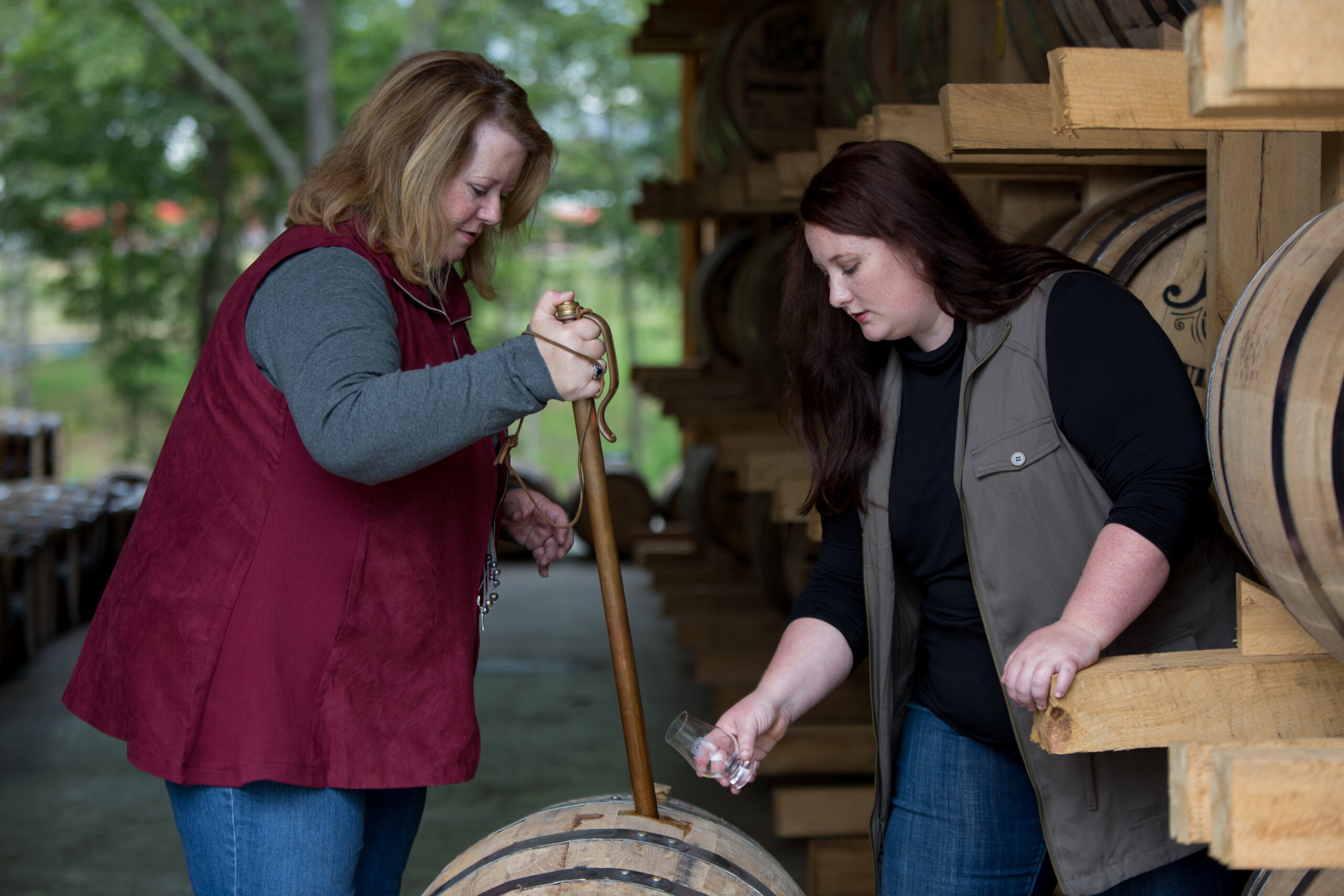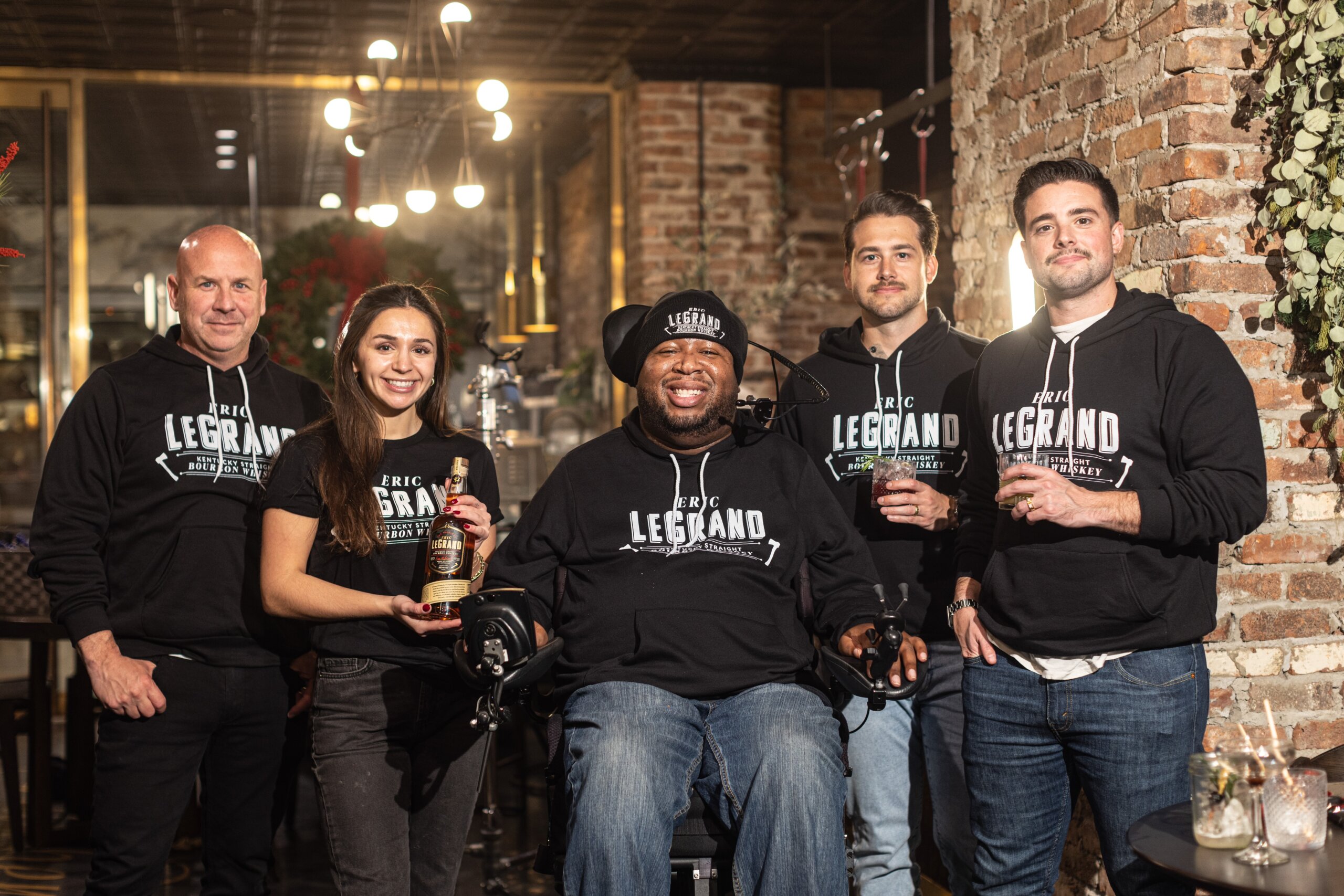Why Nick Maas Prefers Rye in an Old Fashioned
By Chilled Magazine
Third-generation distiller and mixologist, Nick Maas has very strong feelings about choosing rye as the base spirit in an Old Fashioned cocktail and here’s why:
“Rye activates the palate in a very specific way. It’s a bit spicier than bourbon. And what does spice do? It complements citrus very well. While everyone’s first choice for an Old Fashioned is bourbon, rye is a much better complement to the fruit in an Old Fashioned. It just works better with the orange citrus than a bourbon does. The sweet caramel and vanilla notes of bourbon get lost falling in line behind the citrus, but the robust spiciness of rye shines through while subtly complementing the fruit.”

Dancing Goat Distillery
So, what do bartenders need to know about the rye they are mixing with? In a rye barrel during aging the tannins don’t interact with the spirit in the same way as they do in bourbon, even if both are straight. A rye will develop phenols a little differently, which activates the palate in a different way than bourbon. It’s much more robust, complex, and spicy—depending on the rye, of course. It has got to be a well-balanced blend.
What should bartenders know to sound like a rye expert? According to Maas, who is the vice president of distilling and innovation at Dancing Goat Distillery, bartenders need to ask the same questions about rye that they’re asking about bourbon. Here’s what he suggests:

Limousin Rye Salted Maple Old Fashioned
What is the mash bill? Understanding the mash bill’s composition will help bartenders understand a whiskey’s structure. A firm base of rye provides tons of flavor and palette activation, corn can help mellow out the more inaccessible super spicy notes by reinforcing them with sweetness, and malt’s subtle creaminess helps round out rough edges. At Dancing Goat, we believe rye and corn have a directly proportional relationship. Too much rye and the whiskey can come across as too hot because of all the spice in there. Too little rye and a sip can seem lackluster and shallow. Balancing the corn and rye makes the whiskey more accessible.
How was it aged? Bartenders should know what type of cooperage was used to age the whiskey. New wood (used to produce a straight rye) is going to have a ton of tannin in it, which can sometimes come across as hot or sour. Used wood will yield more subtle consequences in terms of ester and phenol development— when eugenol and other esters don’t compete with wood tannins and guaiacol for attention, they can be more delicately expressed. That’s something you see in our Limousin Rye, actually. We utilize vintage (some may call them used) American oak barrels to develop delicate COV profiles for our final blend. As aging is a natural process, and all barrels age at their own pace and impart their own secrets to the whiskey, a specific barrel may trigger one or more of our desired profiles, Clove (spice) Orange (fruity) or Vanilla (vanillin). We blend these different barrels into our Limousin oak solera for a final finishing touch, which helps marry the flavors. The result is, the higher vanillin from this special oak will help to make everything pop. With less spice flavor present, more flavors can be come out.

Limousin Rye
Is this a straight rye or not? Did it come from Canada? Then, odds are it’s not a true straight rye—although they can label it a straight rye, but if it wasn’t aged in a new American oak charred container first, it’s not actually a straight rye. Remember a straight rye will have more tannin from a new barrel and taste a bit stronger than a whiskey aged in a vintage barrel.
What proof did this go into a barrel for aging? And how is that going to impact solubility? Will the rye pull off more water-soluble flavors or is it going to be strictly high tannin extraction? If you go in at 120-proof, there’ll be a ton of alcohol soluble tannins pulled out. If it goes in too low, it can go flat or go flabby, but if it doesn’t it will probably extract more delicate and nuanced water soluble compounds, this is something we are starting to see more of in bourbon now.

Nick Maas, Dancing Goat Distillery
When it came off the still, what proof did it come off at? That will tell you how clear and crisp or throaty and grainy it will be. Which can help you know how to use it and how it will interact with other ingredients—specifically with citrus or other acids—which is your main hinge for a drink. Add those to your rack.
As for our product, our batch number and proof are handwritten on every label for reference, because we often release multiple proofs per batch. Whiskey expresses itself differently at different proofs, and that’s something we like to recognize. We try every batch at multiple proofs to see which we think is best, we do this in order to proof based on flavor quality, not brand profitability. That is very different than other companies always putting out a product at the same proof. We call this process “Taste Proofing,” and to our knowledge it is unique to us here at the Dancing Goat Distillery. We are here to celebrate the best absolute expression for the whiskey that exists that is why our bottling proof will vary.
We want bartenders to understand what they are putting into the glass when they make a drink. We think if they ask questions about how a product was made and why they will be better at applying that to their own cocktails.
We don’t want bartenders to think that any two bottles of whiskey are the same and thus equal when they make a cocktail. It really does matter what type of rye they put in there—especially if you care about truly creating a great balanced cocktail.
The best thing about rye is that it’s delicious. What’s wonderful for us as a company is the mixology community is starting to ask questions and as a result become more educated about what’s in their shaker, what it actually tastes like and how it can make the best tasting cocktail. What we really need to do now as a cocktail community is educate our customers and patrons that a well-crafted cocktail with thoughtful ingredients is worth their time, because they deserve it. And if it’s rye in that cocktail, well we should all have a few of what we deserve!










